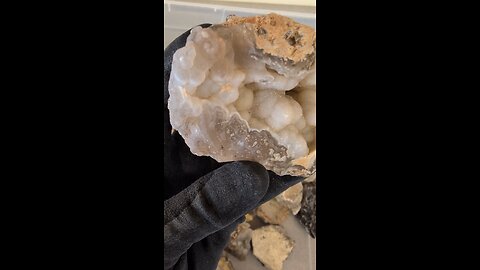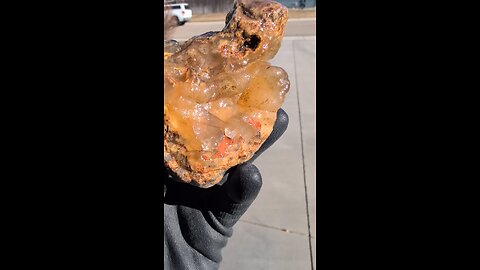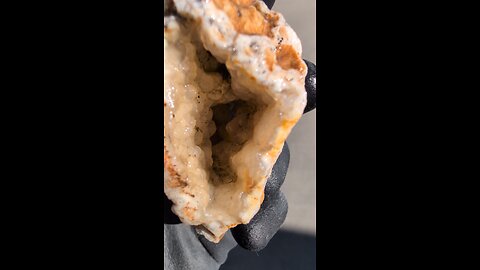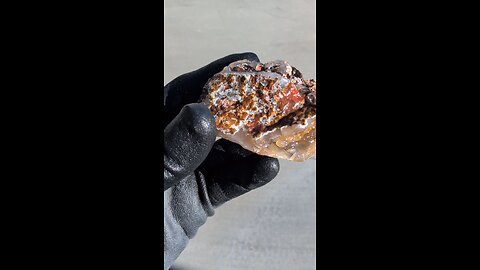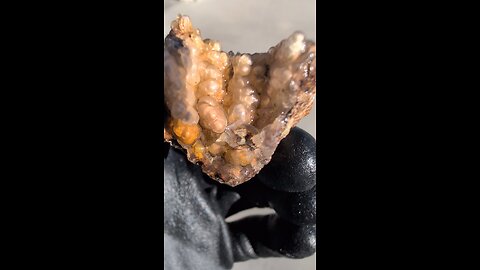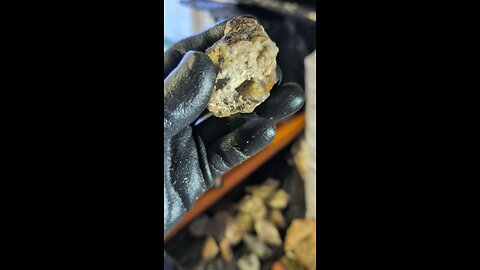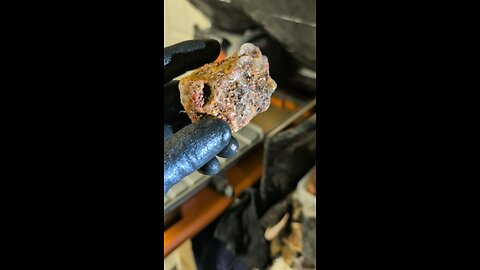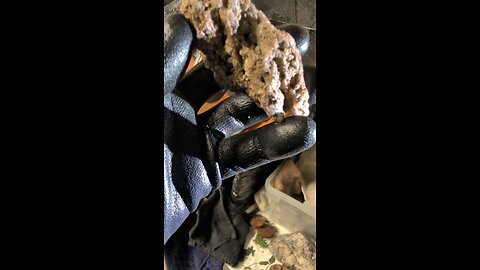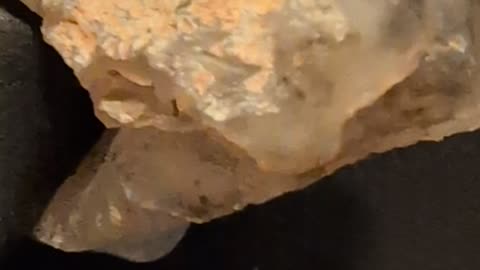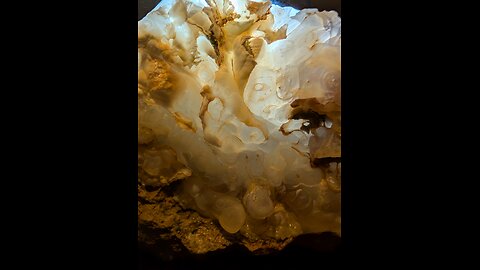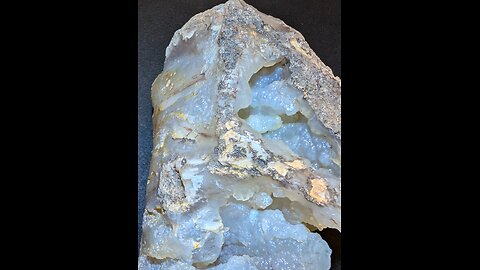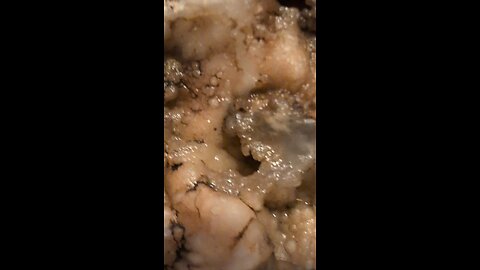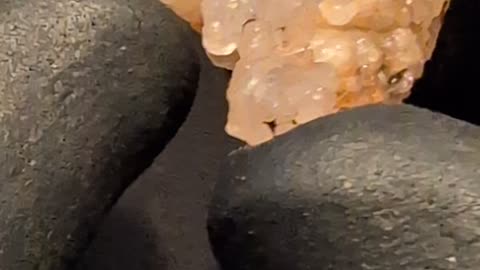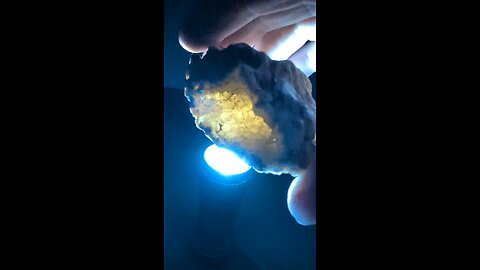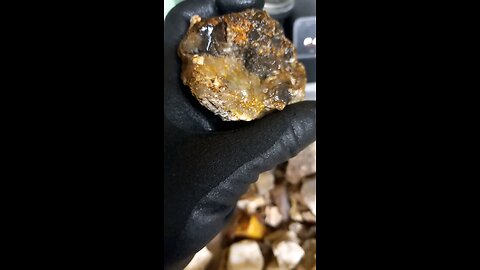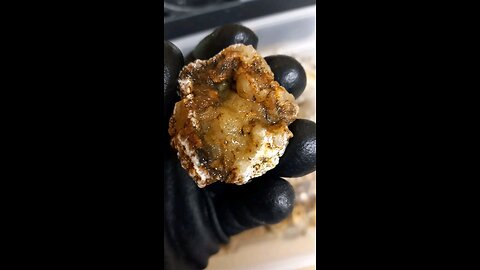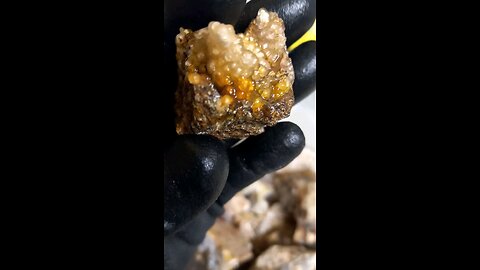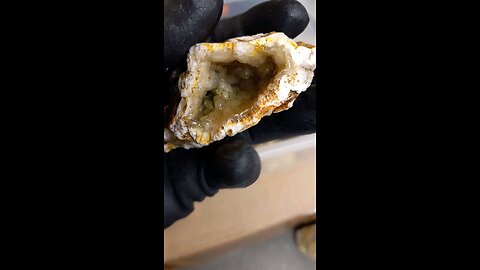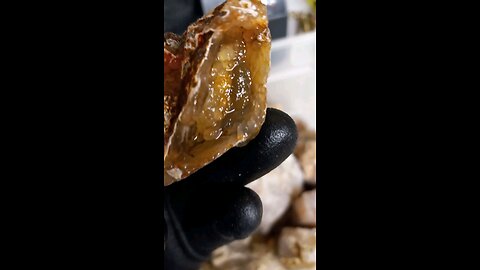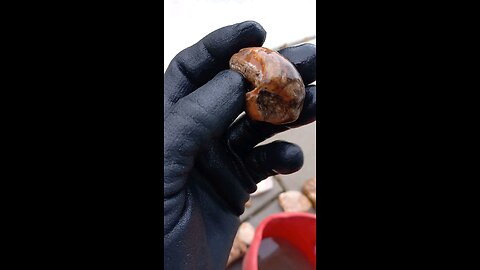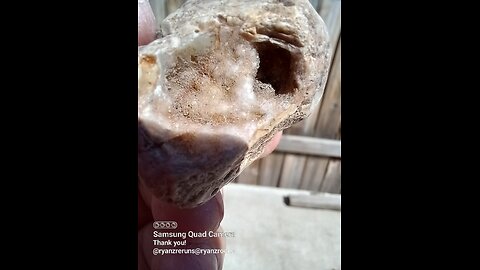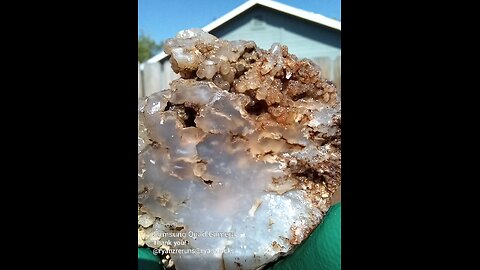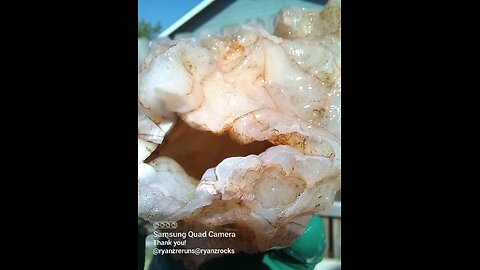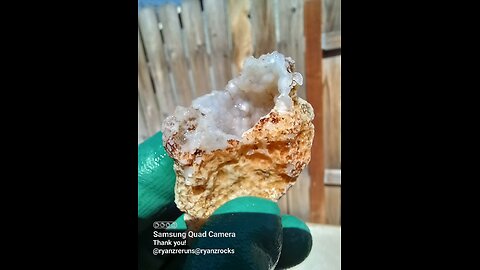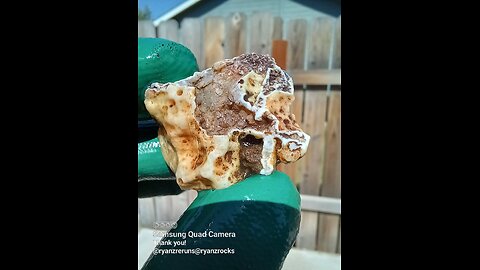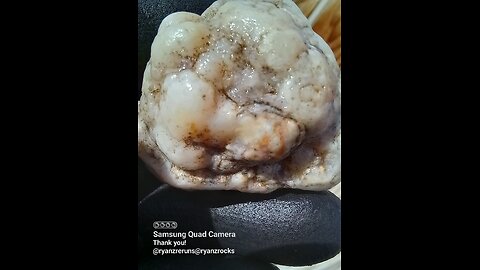Premium Only Content
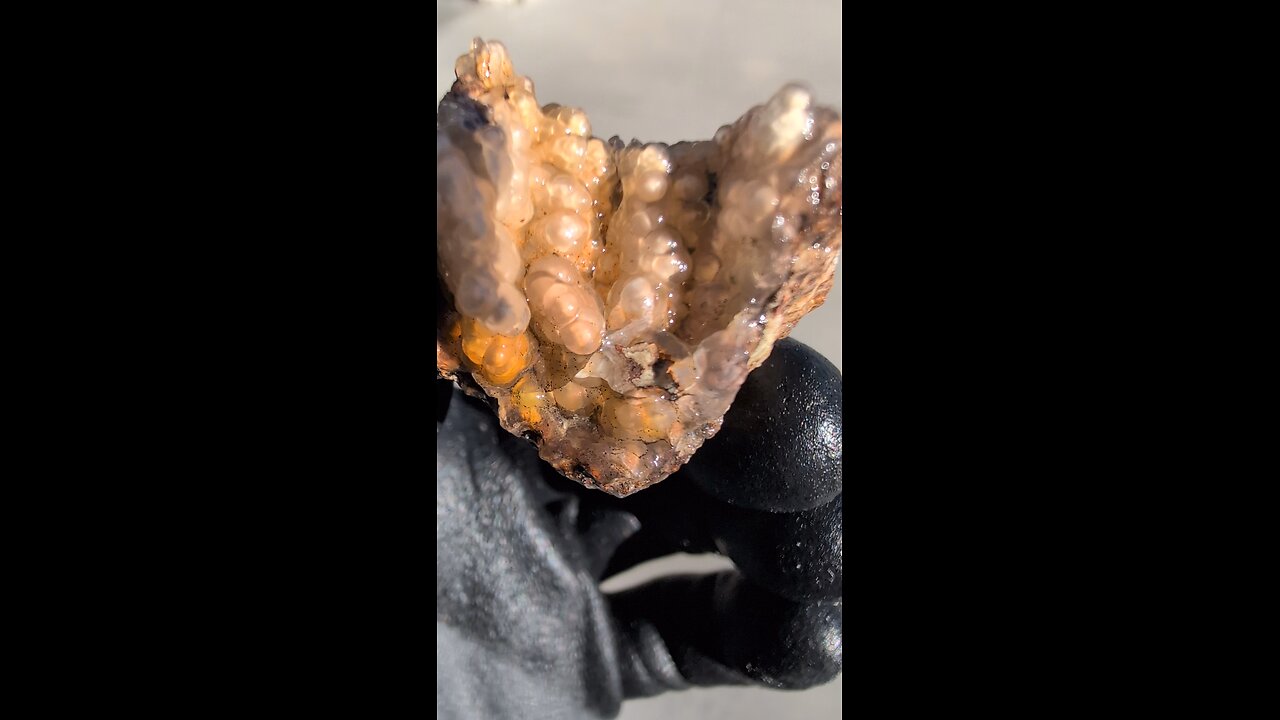
Botryoidal Geode!
Botryoidal Carnelean!
Botryoidal Geode!
Botryoidal Plume Agate!
Botryoidal Formation!
Ooids inside!
Brecciated Jasper Cut!
Botryoidal Plume Cut!
Plume botryoidal chalcedony nugget!
Plume slice!
Botryoidal slice!
Plume agate inspection!
Botryoidal Chalcedony Nugget!
Botryoidal Glow!
Hot Botryoidal Mess!
Half of a geode!
Botryoidal formations!
This half survived Monther Nature!
Broken geode!
Some botryoidal goins' on!
It's hollow!
Botryoidal chalcedony!
White botryoidal chalcedony?
Botryoidal chalcedony!
Botryoidal Formation!
A botryoidal formation refers to a mineral structure that resembles a cluster of grapes or small, rounded, and knobby protrusions. Here are some details about botryoidal formations:
Characteristics:
Shape: The term "botryoidal" comes from the Greek word "botryoeides," meaning "grape-like." These formations have a surface that looks like a bunch of grapes.
Texture: They typically have a smooth, rounded surface, which can sometimes be polished to enhance their appearance.
Formation:
Process: Botryoidal formations occur when minerals precipitate from solution in a manner that favors the growth of rounded, nodular shapes. This often happens in cavities or vugs where mineral-rich fluids slowly deposit layers over time.
Common Minerals: Minerals that commonly form botryoidal structures include:
Hematite: Often found in botryoidal forms, giving a shiny, metallic luster.
Malachite: Known for its vibrant green color in botryoidal formations.
Goethite: Can exhibit botryoidal textures, often with a brownish to yellowi
-
 14:23
14:23
GBGunsRumble
1 day agoGBGuns Armory Ep 136 Genesis Arms Gen-12 SSBM
1.57K2 -
 1:11:26
1:11:26
PMG
1 day ago $0.34 earnedTRANTIFA BORDER PATROL ASSASSINS!
2.42K1 -
 2:15:15
2:15:15
vivafrei
21 hours agoEp. 249: Confirmation Hearings RECAP! Canada-U.S. TRADE WAR? Bureaucrats Sue Trump! Viva Barnes Live
174K429 -
 4:51:59
4:51:59
MyronGainesX
15 hours agoIRS Auctions Off Tekashi 69's Possessions
188K28 -
 DVR
DVR
Vigilant News Network
1 day agoRFK Jr. Hearing EXPOSES Corrupt Politicians in Humiliating Scandal | Media Blackout
194K55 -
 1:11:40
1:11:40
Josh Pate's College Football Show
13 hours ago $6.17 earnedPerfect CFB Conferences | Big Ohio State Changes | Canceling Spring Games | SEC 2025 Thoughts
69.3K2 -
 1:08:07
1:08:07
Bek Lover Podcast
11 hours agoInteresting Times with Bek Lover Podcast
37.8K -
 1:51:12
1:51:12
Tate Speech by Andrew Tate
15 hours agoEMERGENCY MEETING EPISODE 105 - UNBURDENED
216K109 -
 1:01:18
1:01:18
Tactical Advisor
17 hours agoBuilding a 308 AR10 Live! | Vault Room Live Stream 016
196K20 -
 2:17:02
2:17:02
Tundra Tactical
1 day ago $30.11 earnedTundra Nation Live : Shawn Of S2 Armament Joins The Boys
280K29
